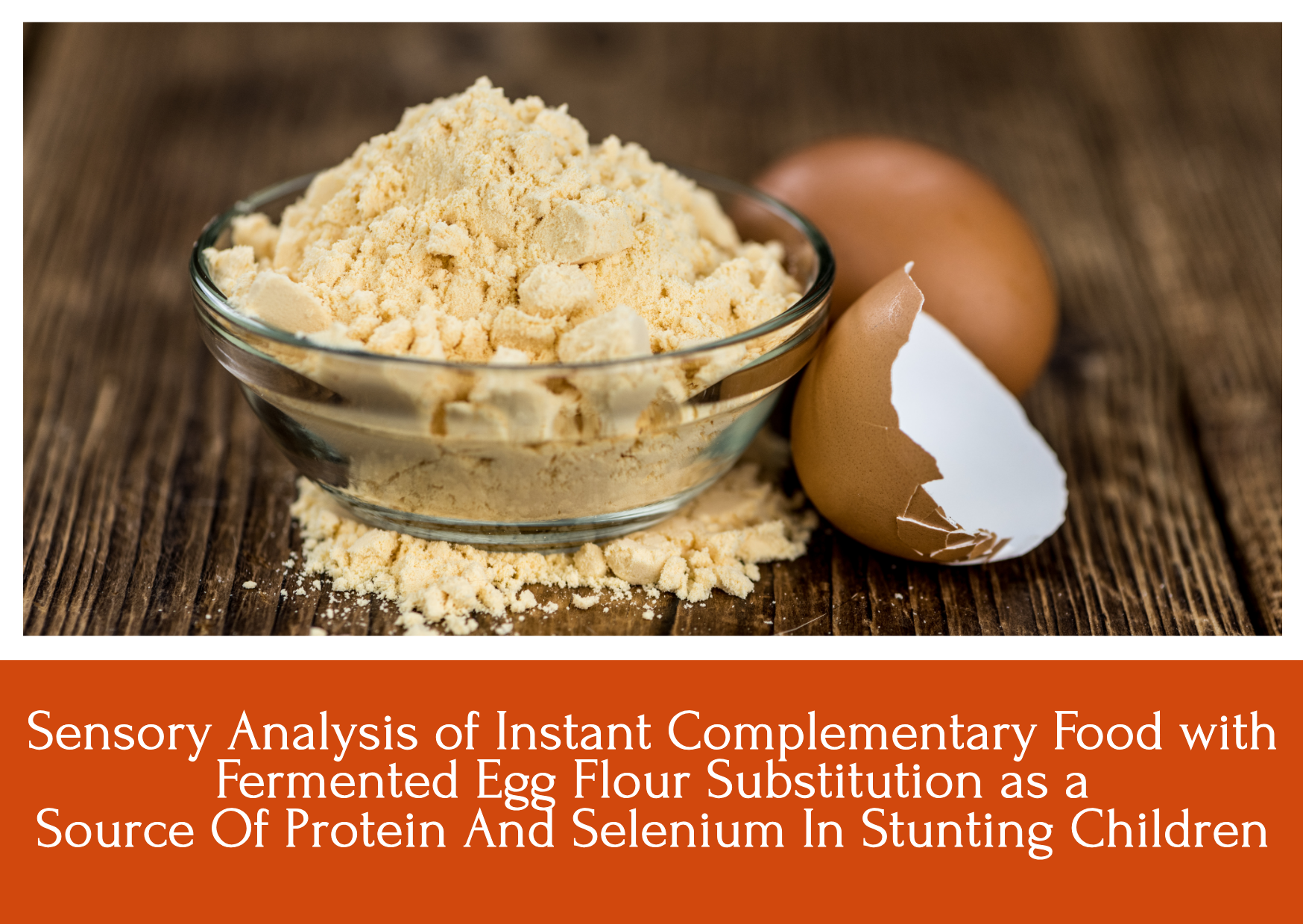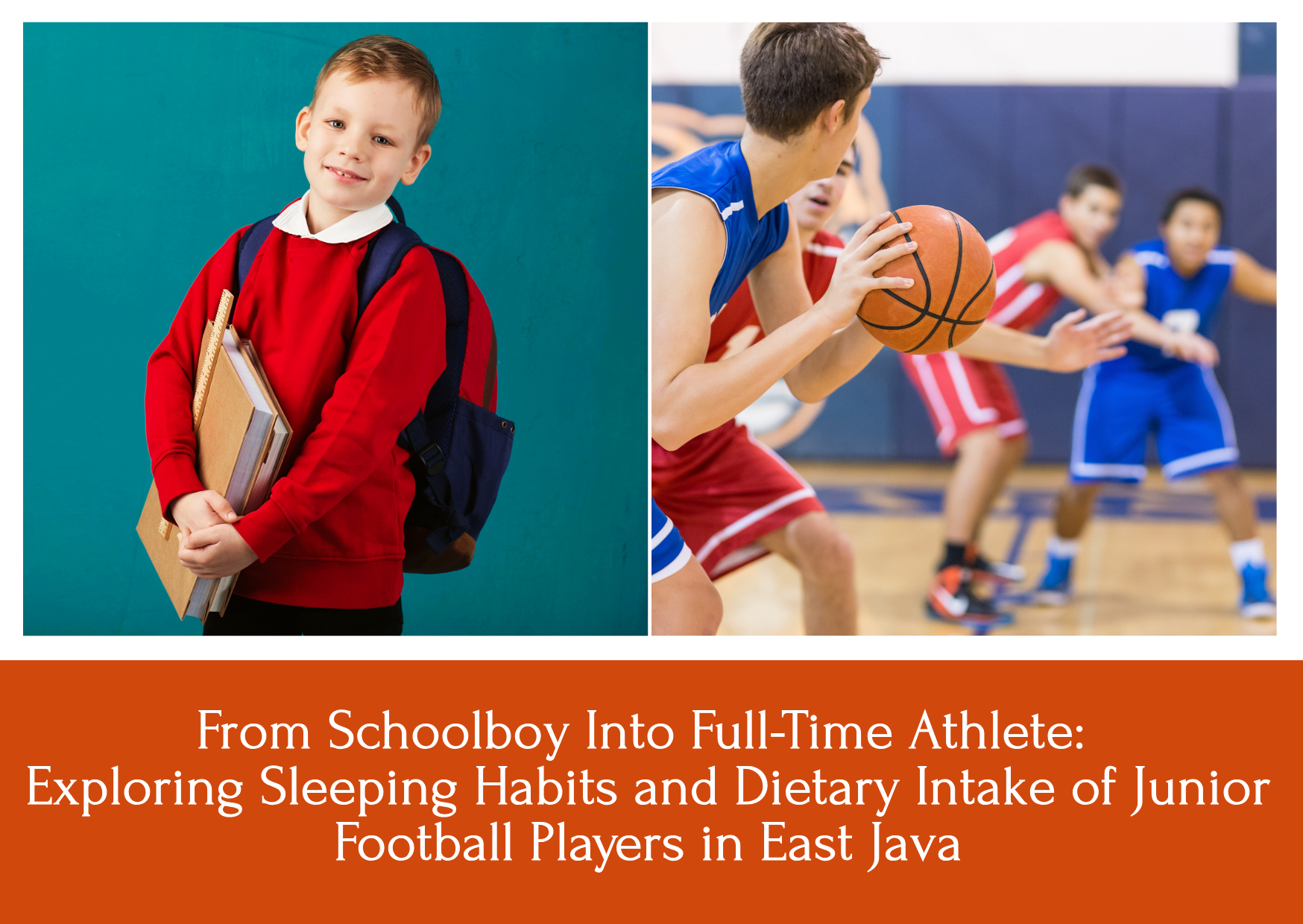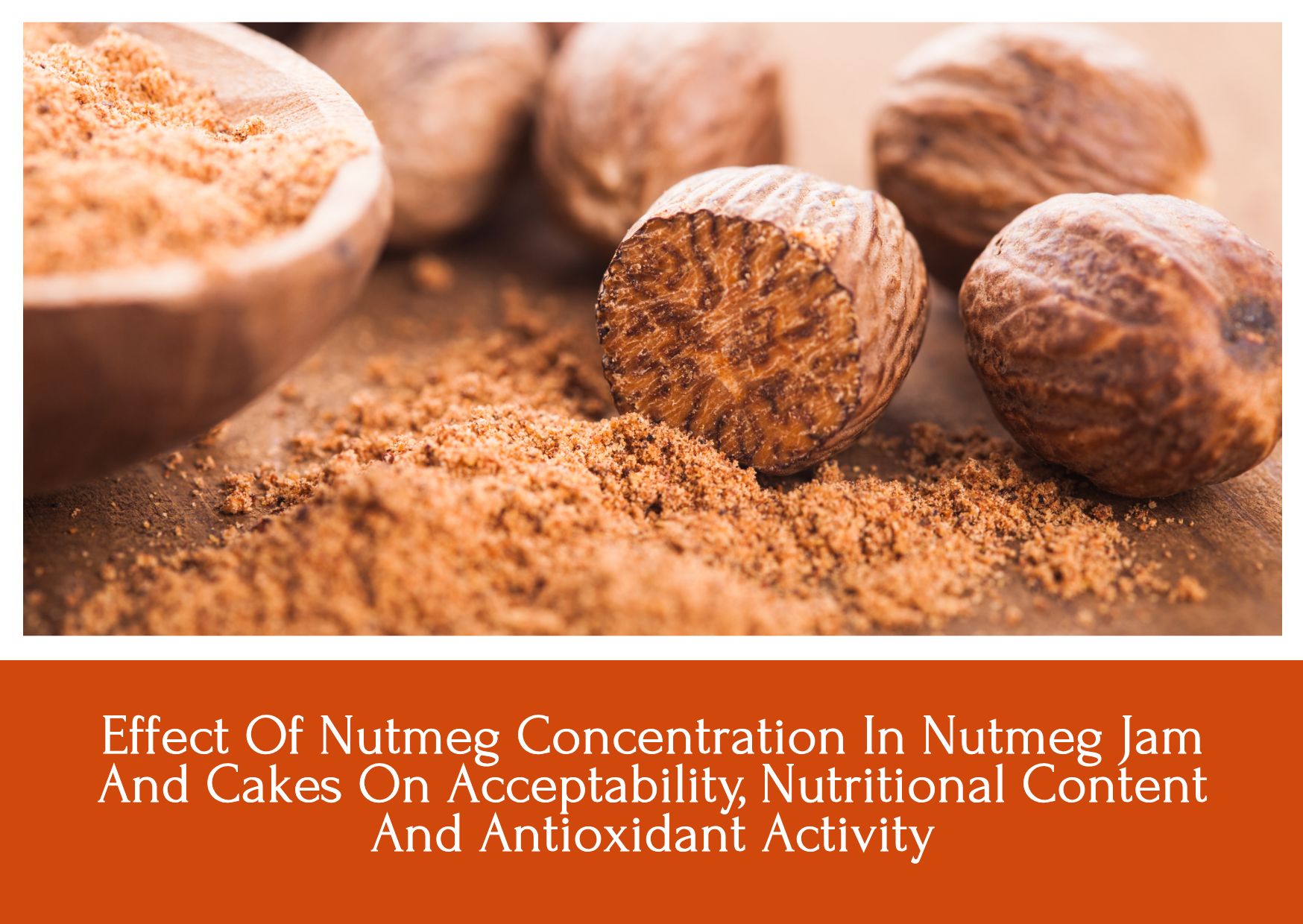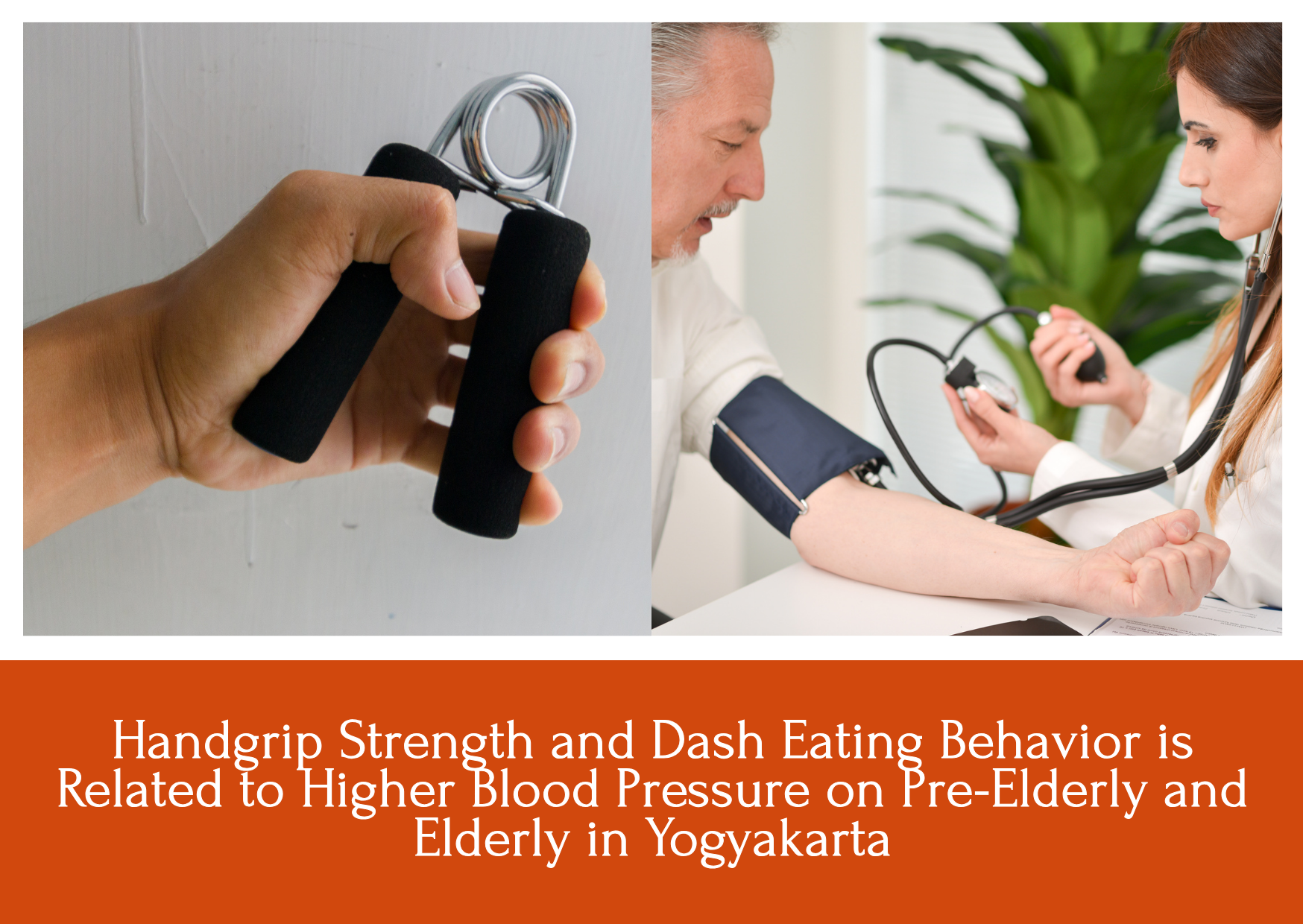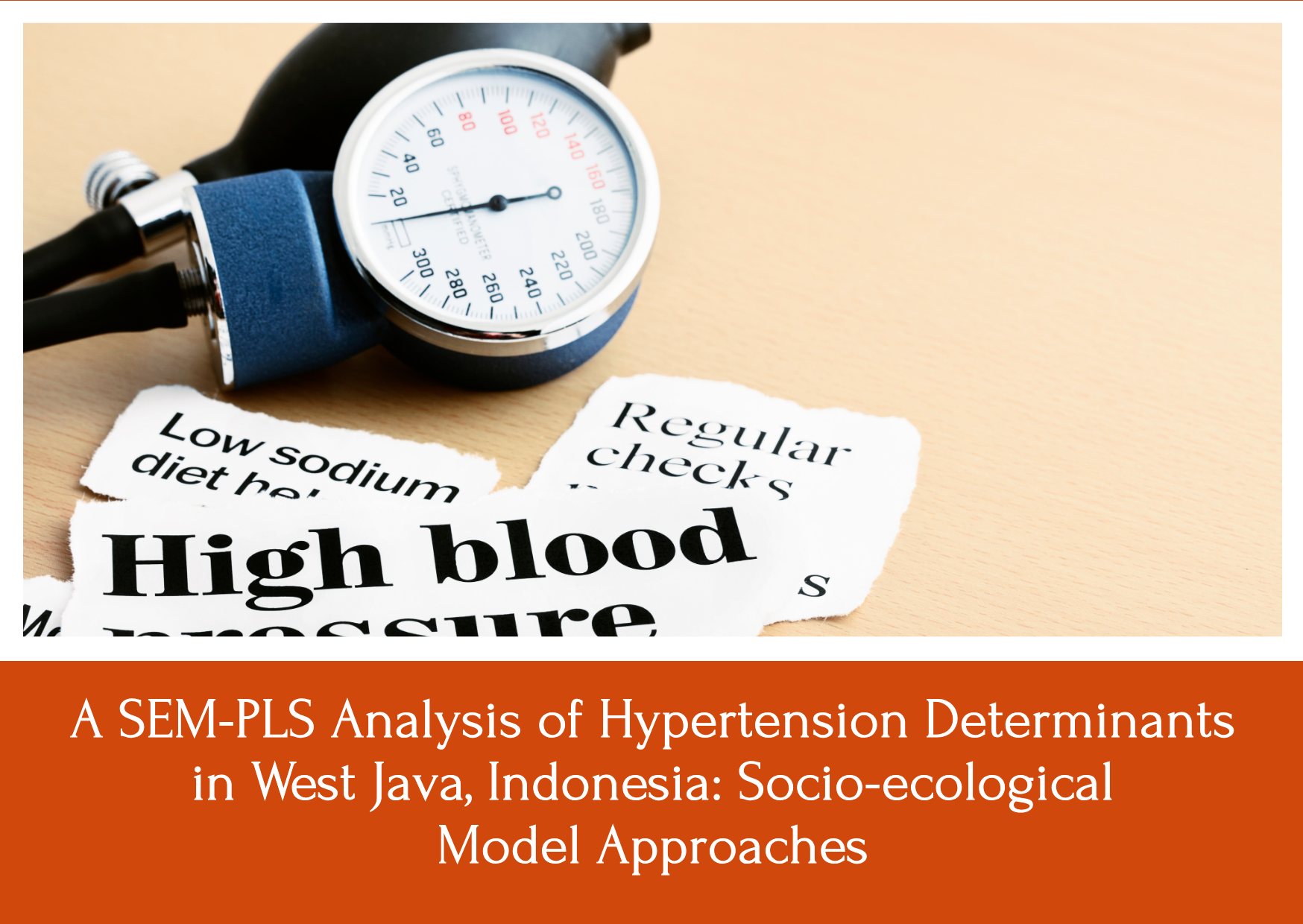Low Participation of Children's Weight as a Barrier to Acceleration Stunting Decrease in the Rural Area Bali Province: Further Analysis of Riskesdas 2018
Rendahnya Partisipasi Penimbangan Balita Sebagai Penghambat Percepatan Penurunan Stunting Di Wilayah Perdesaan Provinsi Bali: Analisis Lanjut Riskesdas 2018
Downloads
Stunting in rural areas tends to be higher than in urban areas. This study aims to determine the risk factors for stunting in rural areas in Bali. The analysis carried out is a further analysis of the 2018 basic health research (RISKESDAS 2018). The independent variable was the stunting status of children, which was determined based on the height-for-age index (HAZ). The independent variables consist of socio-demographic; the environment; and health services factors. The relationship between variables was analyzed by logistic regression method. Estimation of the proportion of stunting that can be prevented using Population Attributable Fraction (PAF) analysis. RISKESDAS 2018 data shows that the percentage of stunting in rural Bali is 29.3% higher than urban areas which is only 19.1%. The results of logistic regression analysis showed that under-fives weighing less than 8 times/year were at risk of stunting by 2.02 times compared to the other. PAF analysis shows that 3.5 percent of stunting under five in rural areas can be prevented by Monthly Weighing for children under five years old. Monthly Weighing in rural Bali through the Integrated Service Care (POSYANDU) is one of the efforts to prevent stunting children and monitor their the growth and development early.
Ariawan, I. (2006). Indeks Sosio-ekonomi Menggunakan Principal Component Analysis. Kesmas: Jurnal Kesehatan Masyarakat Nasional (National Public Health Journal), 1(2), 83–87. https://doi.org/10.21109/KESMAS.V1I2.317
Balitbang Kemenkes RI. (2018). Buku Pedoman Pengisian Kuesioner Riskesdas 2018. https://labmandat.litbang.kemkes.go.id/menu-download/menu-download-pedoman
Bappenas RI. (2015). Perpres No. 2 Tahun 2015 tentang Rencana Pembangunan Jangka Menengah Nasional Tahun 2015 - 2019 [JDIH BPK RI]. https://peraturan.bpk.go.id/Home/Details/41718/perpres-no-2-tahun-2015
Bappenas RI. (2020). Peraturan Presiden Nomor 18 Tahun 2020 tentang Rencana Pembangunan Jangka Menengah Nasional Tahun 2020-2024. https://jdih.bappenas.go.id/peraturan/detailperaturan/1037
Black, R. E., Allen, L. H., Bhutta, Z. A., Caulfield, L. E., de Onis, M., Ezzati, M., Mathers, C., & Rivera, J. (2008). Maternal and child undernutrition: global and regional exposures and health consequences. Lancet (London, England), 371(9608), 243–260. https://doi.org/10.1016/S0140-6736(07)61690-0
Budge, S., Parker, A. H., Hutchings, P. T., & Garbutt, C. (2019). Environmental enteric dysfunction and child stunting. Nutrition Reviews, 77(4), 240–253. https://doi.org/10.1093/NUTRIT/NUY068
Chakravarty, N., Tatwadi, K., Ravi, K., & Ravi, K. (2019). Intergenerational Effects of Stunting on Human Capital: Where Does the Compass Point? International Journal of Medicine and Public Health, 9(4), 105–111. https://doi.org/10.5530/ijmedph.2019.4.24
Chalid, M. T. (2018). Kehamilan risiko tinggi – Departemen Obgin Fakultas Kedokteran Unhas. https://med.unhas.ac.id/obgin/?p=107
Dany, F., Dewi, R. M., Tjandrarini, D. H., Pradono, J., Delima, D., Sariadji, K., Handayani, S., & Kusumawardani, N. (2020). Urban-rural distinction of potential determinants for prediabetes in Indonesian population aged ≥15 years: A cross-sectional analysis of Indonesian Basic Health Research 2018 among normoglycemic and prediabetic individuals. BMC Public Health, 20(1), 1–9. https://doi.org/10.1186/S12889-020-09592-7/PEER-REVIEW
De Onis, M., Borghi, E., Arimond, M., Webb, P., Croft, T., Saha, K., De-Regil, L. M., Thuita, F., Heidkamp, R., Krasevec, J., Hayashi, C., & Flores-Ayala, R. (2019). Prevalence thresholds for wasting, overweight and stunting in children under 5 years. Public Health Nutrition, 22(1), 175–179. https://doi.org/10.1017/S1368980018002434
de Onis, M., & Branca, F. (2016). Childhood stunting: a global perspective. Maternal & Child Nutrition, 12, 12–26. https://doi.org/10.1111/MCN.12231
Destiadi, A., Nindya, T. S., & Sumarmi, S. (2015). Frekuensi Kunjungan Posyandu Dan Riwayat Kenaikan Berat Badan Sebagai Faktor Risiko Kejadian Stunting Pada Anak Usia 3 – 5 Tahun. Media Gizi Indonesia, 10(1), 71–75. https://doi.org/10.20473/MGI.V10I1.71-75
Dini (eds). (2012). Risiko Hamil Lebih dari 4 Kali. https://nasional.kompas.com/read/2012/06/13/11002530/risiko-hamil-lebih-dari-4-kali
Dir. Promkes dan Pemberdayaan Masyarakat. (2018). Pentingnya Pemeriksaan Kehamilan (ANC) di Fasilitas Kesehatan. https://promkes.kemkes.go.id/pentingnya-pemeriksaan-kehamilan-anc-di-fasilitas-kesehatan
Dirjen Kesmas Kemenkes RI. (2020). Pedoman pemberian Tablet Tambah Darah (TTD) bagi ibu hamil pada masa pandemi COVID-19. Kementerian Kesehatan RI.
Hidayat, T. S., & Jahari, A. B. (2012). Perilaku Pemanfaatan Posyandu Hubungannya Dengan Status Gizi Dan Morbiditas Balita. Buletin Penelitian Kesehatan, 40(1 Mar), 1–10. https://doi.org/10.22435/BPK.V40I1
Johar, M., Soewondo, P., Pujisubekti, R., Kunthara Satrio, H., Adji, A., Dawam Wibisono Kelompok Kerja Kebijakan Jaminan Kesehatan, I., Nasional Percepatan Penanggulangan Kemiskinan TNP, T., Departemen Administrasi dan Kebijakan Kesehatan, K., & Kesehatan Masyarakat, F. (2019). "Tahukah kamu?”: Analisis Set Data Survei Sosial Ekonomi Nasional (Susenas). Jurnal Ekonomi Dan Pembangunan Indonesia, 19(2), 191–208. https://doi.org/10.21002/JEPI.V19I2.843
Kemenkes RI. (2013). Riset Kesehatan Dasar 2013. Laboratorium Manajemen Data Balitbang Kemkes RI. http://labdata.litbang.kemkes.go.id/images/download/laporan/RKD/2013/Laporan_riskesdas_2013_final.pdf
Kemenkes RI. (2016). Panduan Manajemen Terintegrasi Suplemen Vitamin A. Kementeian Kesehatan Republik Indonesia.
Kemenkes RI. (2018). Riset Kesehatan Dasar 2018. Laboratorium Manajemen Data Balitbang Kemkes RI. http://labdata.litbang.kemkes.go.id/images/download/laporan/RKD/2018/Laporan_Nasional_RKD2018_FINAL.pdf
Kemenkes RI. (2020). Peraturan Menteri Kesehatan Nomor 2 Tahun 2020 tentang Standar Antropometri Anak. https://peraturan.bpk.go.id/Home/Details/152505/permenkes-no-2-tahun-2020
Kemenkes RI. (2021). Buku Saku Hasil Studi Status Gizi Indonesia (SSGI) Tahun 2021 | Badan Penelitian dan Pengembangan Kesehatan. https://www.litbang.kemkes.go.id/buku-saku-hasil-studi-status-gizi-indonesia-ssgi-tahun-2021/
Kementrian Kesehatan RI. (2018). Buku : Pedoman Umum Pengelolaan Posyandu. Direktorat Promosi Kesehatan dan Pemberdayaan Masyarakat. https://promkes.kemkes.go.id/pedoman-umum-pengelolaan-posyandu
Pei, L., Wang, D., Ren, L., & Yan, H. (2013). Evaluation of the Rural Primary Health Care project on undernutrition equity among children in rural Western China. Health Policy and Planning, 28(4), 429–434. https://doi.org/10.1093/HEAPOL/CZS074
Perumal, N., Bassani, D. G., & Roth, D. E. (2018). Use and Misuse of Stunting as a Measure of Child Health. The Journal of Nutrition, 148(3), 311–315. https://doi.org/10.1093/JN/NXX064
Rahmadini, N., Sudiarti, T., & Utari, D. M. (2013). Status Gizi Balita Berdasarkan Composite Index of Anthropometric Failure. Kesmas: Jurnal Kesehatan Masyarakat Nasional (National Public Health Journal), 7(12), 538–544. https://doi.org/10.21109/KESMAS.V7I12.327
Riyadi, H., Khomsan, A., & Dewi, M. (2021). Evaluasi Efektivitas Posyandu Dalam Penanganan Dan Pencegahan Stunting Di Kabupaten Cirebon. http://repository.ipb.ac.id/handle/123456789/111150
Sutrisna, L., Hayati, F., Firza, R. A., & Marsha, J. (2021). Revitalisasi Posyandu. https://www.cegahstunting.com/post/revitalisasi-posyandu
Thombs, B. D., Kwakkenbos, L., Levis, A. W., & Benedetti, A. (2018). Addressing overestimation of the prevalence of depression based on self-report screening questionnaires. CMAJ, 190(2), E44–E49. https://doi.org/10.1503/CMAJ.170691/-/DC1
UN Sustaiinable Development. (2015). Goal 3: Ensure healthy lives and promote well-being for all at all ages. https://www.un.org/sustainabledevelopment/health/
Waterlow, J. C. (1972). Classification and Definition of Protein-Calorie Malnutrition. British Medical Journal, 3(5826), 566–569. https://doi.org/10.1136/BMJ.3.5826.566
West, B. T., Sakshaug, J. W., & Aurelien, G. A. S. (2018). Accounting for Complex Sampling in Survey Estimation: A Review of Current Software Tools. Journal of Official Statistics, 34(3), 721–752. https://doi.org/10.2478/JOS-2018-0034
WHO. (2018). Levels and trends in child malnutrition: UNICEF/WHO/World Bank Group Joint Child Malnutrition Estimates, Key findings of the 2018 edition. https://reliefweb.int/report/world/levels-and-trends-child-malnutrition-unicefwhoworld-bank-group-joint-child-malnutrition
WHO. (2020). Adolescent pregnancy. https://www.who.int/news-room/fact-sheets/detail/adolescent-pregnancy
World Bank. (2020). Spending Better to Reduce Stunting in Indonesia. Spending Better to Reduce Stunting in Indonesia. https://doi.org/10.1596/34196
World Health Organization. (2018). World Health Statistics 2018: Monitoring Health for Sustainable Development Goals. https://www.who.int/data/gho/publications/world-health-statistics

This work is licensed under a Creative Commons Attribution-NonCommercial-ShareAlike 4.0 International License.
- MEDIA GIZI INDONESIA Journal is the copyright owner of all materials published on this website.
- The formal legal provisions for access to digital articles of this electronic journal are subject to the terms of the Creative Commons Attribution-NonCommercial-ShareAlike license (CC BY-NC-SA 4.0), which means that MEDIA GIZI INDONESIA Journal and readers reserve the right to save, transmit media / format, manage in database, maintain, and publish articles as long as it continues to include the name of the Author.
- Printed and published print and electronic manuscripts are open access for educational, research and library purposes. In addition to these objectives, the editorial board shall not be liable for violations of copyright law.


2.png)















